|
I turned 40 recently. And as it goes: birthdays and presents go hand in hand. So when I visited Munich with my parents, we found an unusual embroidery book for my library. Before I'll show you what it is, let me tell you briefly where we found it. Personally, up to that recent visit, I didn't like Munich one bit. As it is a very wealthy city, I always felt out of place. Although I do like shopping, I avoid big fashion names as I have found my style long ago and want to stick to it; not change every 3 months :). Anyway. This time we ended up in a whole different part of Munich as I wanted to visit a Zero Waste shop aptly named 'Ohne' (without) and my father wanted to visit some antiquaries in search of Feldpost from WWI. Both, and much more, concentrate around the Schellingstraße in the Maxvorstadt. The name Schellingstraße might ring a bell with art, literature and/or history buffs: apart from being Hitler's home turf, Bertold Brecht, Wassily Kandinsky, Rainer Maria Rilke, Lenin, Thomas Mann, Frank Wedekind, Joachim Ringelnatz, Stefan George, Franz Marc and Paul Klee frequented the establishments here in their time. Nowadays, the area is characterised by cosy and hip eateries catering for the whole world, antiquarians and unusual little shops well worth exploring. So, if you ever visit Munich and you are not much impressed by its main shopping streets, head out to the Schellingstraße! At one of the antiquaries, I found a book named: Stickerei aus Palästina, traditioneller 'Fallahi' Kreuzstich written by Widad Kamel Kawar and Tania Tamari Nasir in 1992. The ISBN of the German version is: 3-927270-03-2 and that of the English version: 3-927270-04-0 (Palestinian embroidery, traditional 'Fallahi' cross-stitch). Unfortunately, the book is now only available second-hand and prices asked for it range between €75 and €281 !!! My mum paid €22 :). A pretty good deal indeed. So what's this book all about? Fallahi embroidery is a form of cross-stitch embroidery traditionally practiced by Palestinian peasant women (Fallaha) in their villages. The book shows a collection of traditional patterns from the 19th and early 20th century not yet influenced by later Western styles. The collection is subdivided into Palestinian regions: Ramallah, Jaffa, Hebron, Gaza, Beersheba and the Sinai. At first glance, you might think that these are 'just' geometric motives with no further meaning. The book shows you that not only are certain motives characteristic of a particular region, it also tells you their name. For instance, there are date palms from Ramallah, amulets from Jaffa, the Pasha's tent from Hebron, pendants from Gaza and different forms of cypresses can be found in embroidery patterns from all the regions. Once your eye has been sharpened for this, they are no longer 'just' geometric patterns. What items were decorated with this type of traditional embroidery? The embroidery can be found on the traditional Palestinian female dress: the thob. Depending on the region and the status of the wearer, parts of the front, parts of the back, the sides and the sleeves are covered with embroidery. Furthermore, the bridal trousseau would sport the same kind of embroidery. What materials do the Palestinian embroiderers use? Traditionally, the embroidery was executed on local hand-woven linen (actually a mix of linen and cotton) or a form of loosely woven cotton. Famous weaving regions were: Majdal, Gaza, Ramallah, Nazareth, Hebron and Nablus. Until around 1930, they would use plant-dyed silk thread for the embroidery made in Syria. Traditional colours would be indigo blue, reds made from roots or insects and ochre for yellow. By far the most popular colour would have been red. Even the shade of red used would point to the origin of the wearer with wine red being from Ramallah and Jaffa, burnt Sienna from Hebron, magenta from Gaza and scarlet- and fuchsia red from Beersheba. The main part of the book consists of full-page pictures of the stitched patterns (78 in total!). Each pattern has been stitched with European yarn (both DMC stranded cotton and perle were used after the 1930s) onto traditional Ramallah linen. I find this a very nice way of presenting the different patterns. So much more 'lively' than our traditional grid diagrams. And a much more original way of transferring pattern knowledge. Besides the beautiful pattern pictures there are also pictures of women wearing the traditional garments. This part of the book is a real feast for the eyes and your hands start to twitch as you probably can't wait to dive into reproducing a pattern yourself! I've written to the Palestinian Heritage Fund to ask if they know of an online source selling the traditional Ramallah linen (UPDATE: The Palestinian cultural centre wrote to me that they don't think there is anybody still weaving this type of linen. Women now use commercially produced brands such as Zweigart). If anyone knows of such a source, please leave a comment! The book was originally written to present and preserve the original Palestinian village patterns. Due to the Palestinian Diaspora after 1948, traditional village life changed dramatically. And so did the traditional patterns. Thus, in a way, the book also documents the influences world politics has on a traditional form of embroidery.
If you love cross-stitch and traditional forms of embroidery than this book should go onto your watch-list. With its hard-cover, detailed and clear pictures and 144 pages, it might not quite be worth €225, but around €50 would still be a good buy.
12 Comments
Christine
17/7/2018 01:10:22
I purchased a glasses case in Israel in 2016 of this type of embroidery. There was a retail outlet of a Palestinian women's co- operative in the Arab Quarter in Jerusalem selling all sorts of cross stitch products and I think it was the sole source of income for the women and I believe they took commissions. The piece I have is worked on black Aida cloth, 14 count, in a pearl thread, some of which is variegated. The pieces I saw used a lot of variegated thread, the effects were quite stunning. I don't have the address but it should not be hard to find. This book is going on my wish list!
Reply
17/7/2018 10:53:30
Oh, that's wonderful Christine! I bought a thob in Jordan when visiting in 2008. However, I decided to donate it when Germany welcomed one million refugees two years ago. The fabric was a 'modern' synthetic and the patterns were stitched with various shades of blue perle #8. As it was a traditional wedding dress, I thought it might be useful to somebody. The book also refers to aida as a substitute for the hand-woven Ramallah cloth. However, as I can see from the pictures, that cloth would be a Rolls Royce to stitch on :). And maybe, by purchasing it, we might be able to support the women who weave it. Just finding the source will be very difficult!
Reply
Firstly, happy birthday! It sounds like you had a lovely day walking around Munich. I’ve never been to Munich, but it does sound like an interesting city with a few different ‘sides’.
Reply
17/7/2018 10:58:47
Thank you Catherine! Yes, I will explore this part of Munich some more. Especially the eateries as I had no chance of doing that with my father in tow; he doesn't like 'foreign' food :). But he had a good day hunting too: 85 Feldpost postcards from WWI. Even one sporting the Veluwe in the Netherlands where he lives.
Reply
Ellen Schellekens
17/7/2018 09:02:32
Hi Jessics, nice article!
Reply
17/7/2018 11:00:35
Thank you Ellen! I had a look at your daugther's Zero Waste Etsy shop; she sells really nice stuff! And she would love the Ohne shop and its owners. They have a small coffee corner too. I will certainly go back :)!
Reply
Kurzrock,
17/7/2018 18:20:00
Guten Tag, Jessica, ich habe auch ein so tolles Buch von Anna Dolanyi: "Stickereien für 1001 Nacht". Stickereien der Beduinenfrauen in Palästina. Tolle Muster- und Farbenpracht.
Reply
17/7/2018 19:16:03
Vielen Dank für den tollen Hinweis! Ich habe es gerade bei Amazon.de bestellt und freue mich schon sehr :).
Reply
17/7/2018 20:24:52
Thank you Rachel! I love the fact that similar patterns appear all over the world. My geeky research-side loves to muse about the origins of it all :).
Reply
Kristen
6/4/2021 13:27:45
Hi there,
Reply
6/4/2021 15:14:11
Unfortunately not. The Palestinian cultural centre wrote to me that they don't think there is anybody still weaving this type of linen. Women now use commercially produced brands such as Zweigart.
Reply
Your comment will be posted after it is approved.
Leave a Reply. |
Want to keep up with my embroidery adventures? Sign up for my weekly Newsletter to get notified of new blogs, courses and workshops!
Liked my blog? Please consider making a donation or becoming a Patron so that I can keep up the good work and my blog ad-free!
Categories
All
Archives
July 2024
|
Contact: info(at)jessicagrimm.com
Copyright Dr Jessica M. Grimm - Mandlweg 3, 82488 Ettal, Deutschland - +49(0)8822 2782219 (Monday, Tuesday, Friday & Saturday 9.00-17.00 CET)
Impressum - Legal Notice - Datenschutzerklärung - Privacy Policy - Webshop ABG - Widerrufsrecht - Disclaimer
Copyright Dr Jessica M. Grimm - Mandlweg 3, 82488 Ettal, Deutschland - +49(0)8822 2782219 (Monday, Tuesday, Friday & Saturday 9.00-17.00 CET)
Impressum - Legal Notice - Datenschutzerklärung - Privacy Policy - Webshop ABG - Widerrufsrecht - Disclaimer

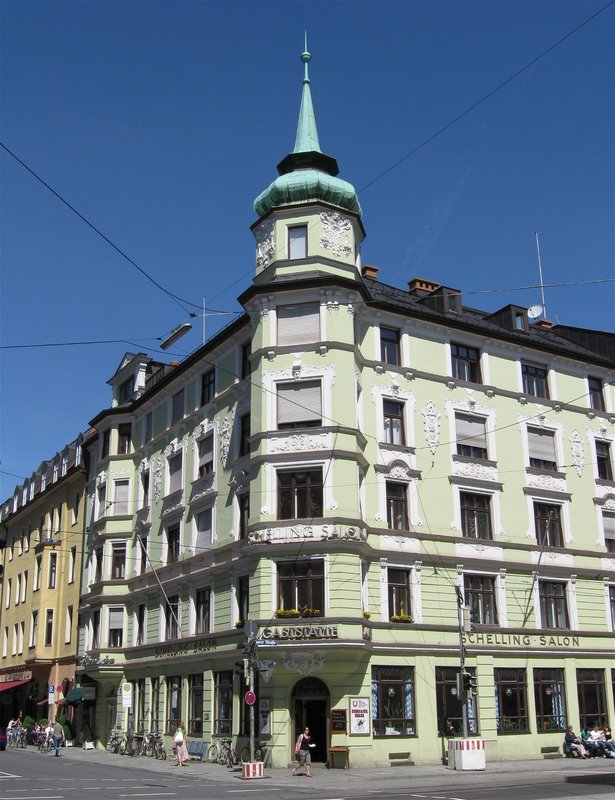
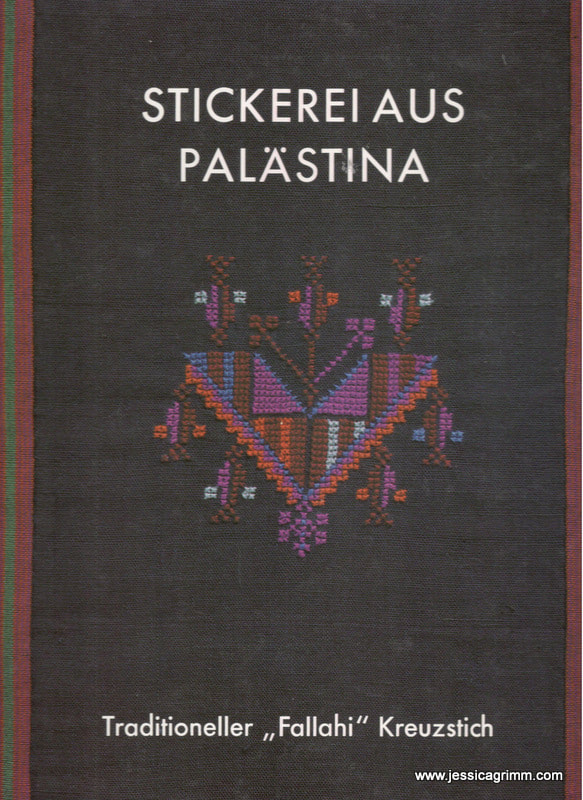
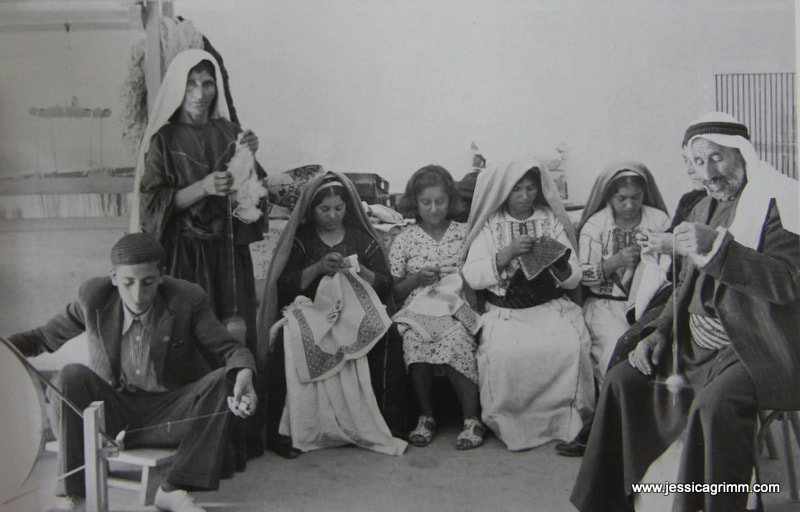
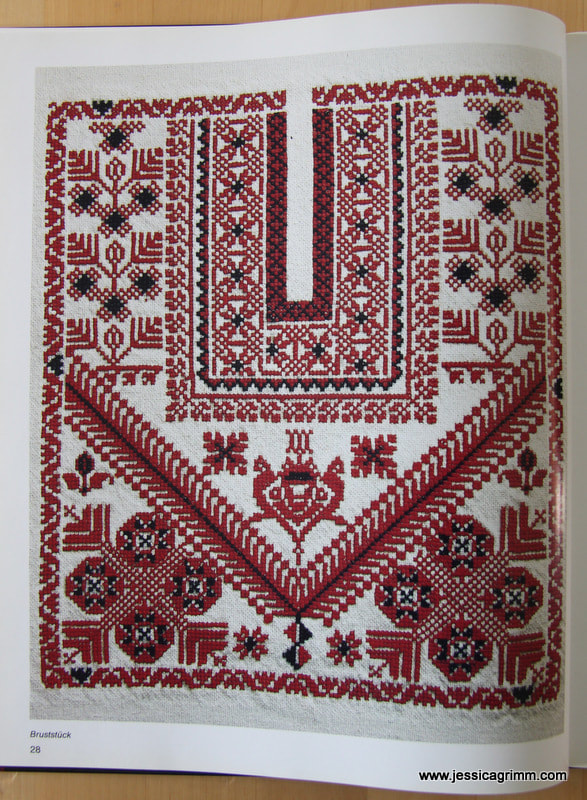
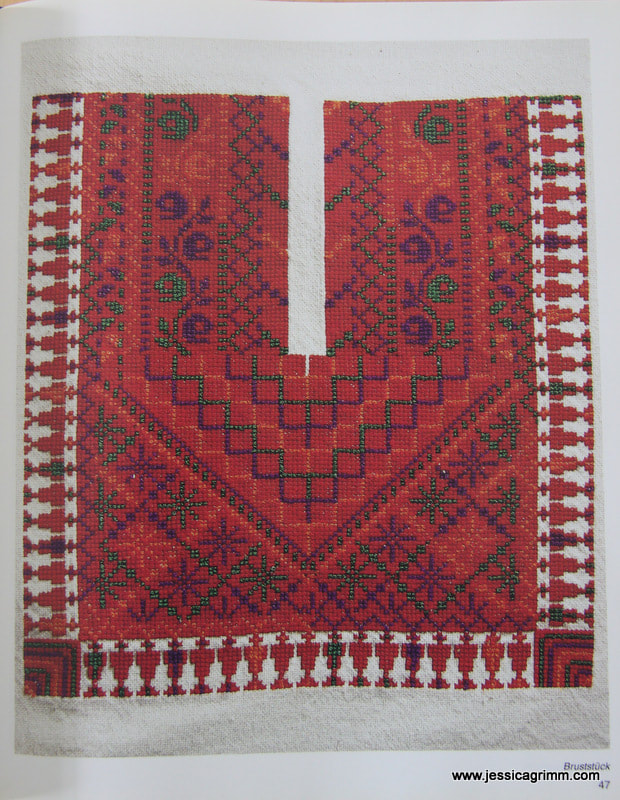
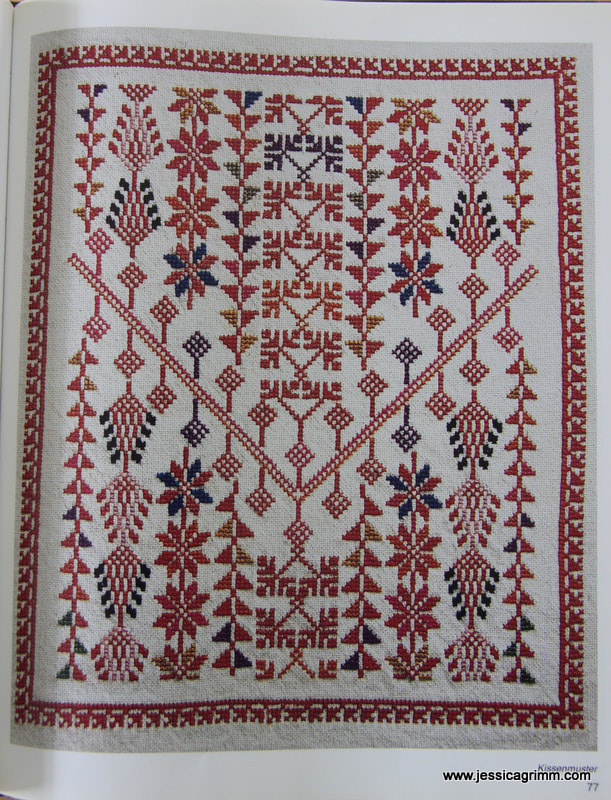
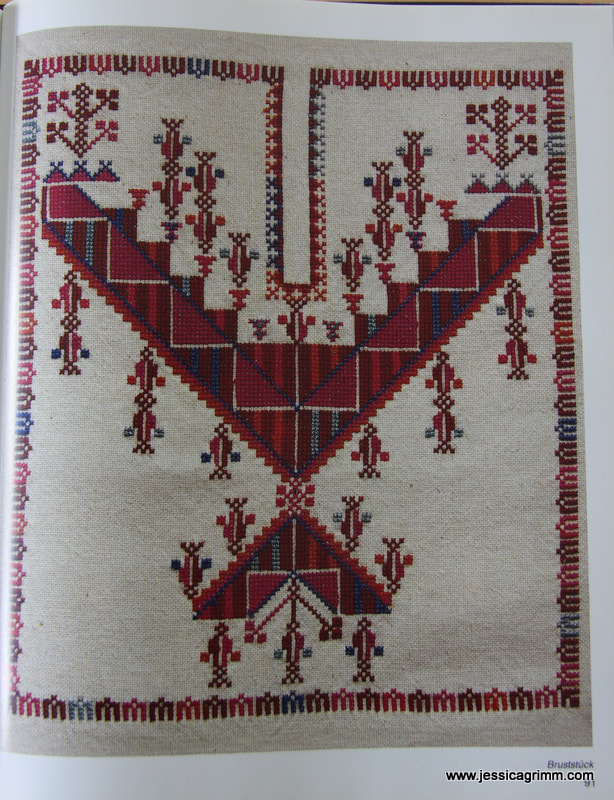





 RSS Feed
RSS Feed